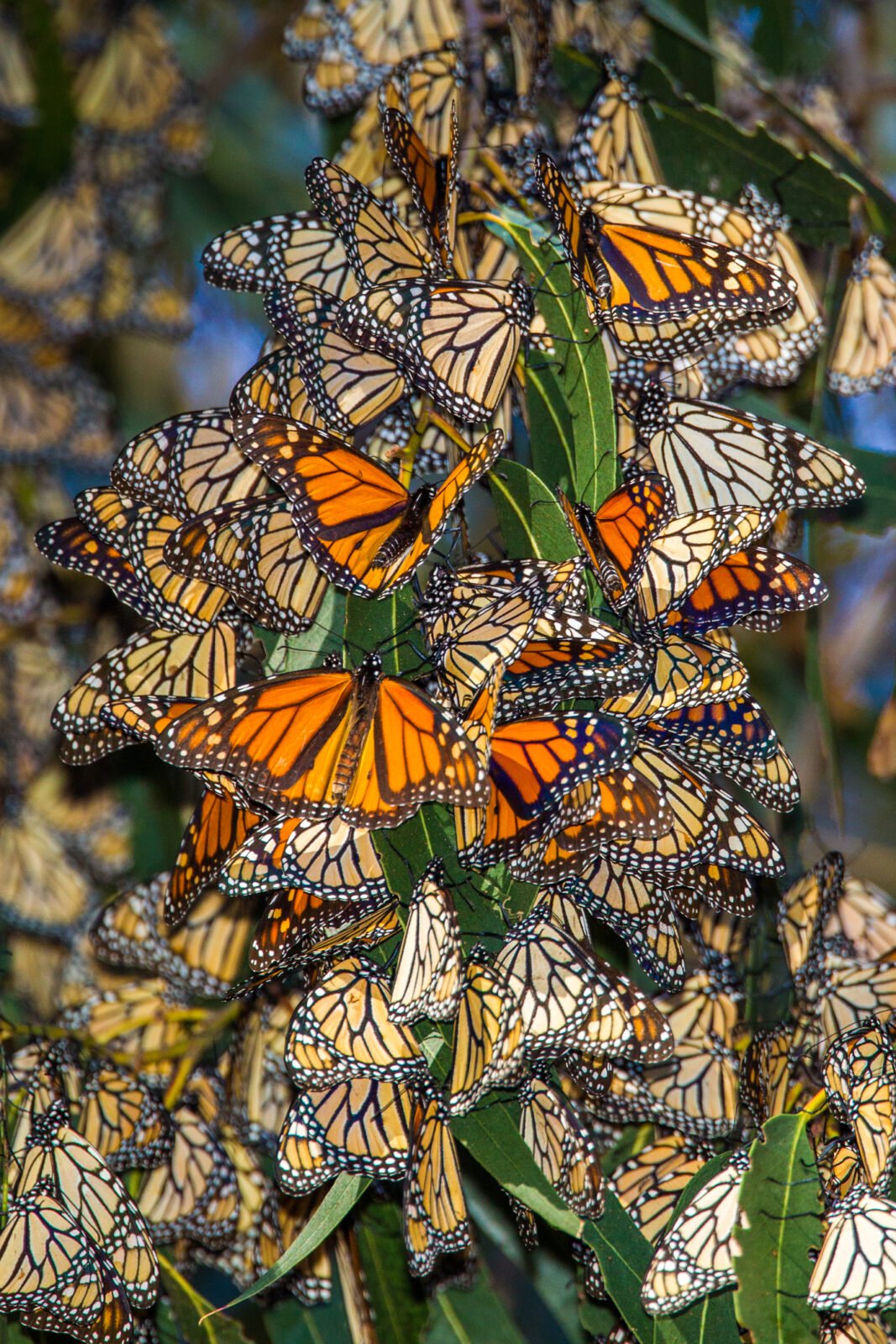
Native News Recap: 2022
Here’s a native news recap looking back at some of the biggest native plant news stories of the...
Whether you live in a city apartment with a small balcony or a countryside property with acres of land, you can have an effect on the ecological world around you. We are all stewards of the spaces we occupy, even if it is only temporary. Choosing native plants for gardening projects will help make our collective efforts to restore balanced ecosystems more effective.

A native plant is one that is indigenous to an area, meaning that it’s there naturally without any human influence. By contrast, if a species is brought into an area by humans it’s called an ‘introduced species.’ Native plants are an important part of a healthy local ecosystem primarily because they support food webs in ways that introduced plants do not. For example, entomologist Dr. Doug Tallamy’s studies have shown that native oak trees support more than 500 species of caterpillars. On the other hand, gingko trees, commonly planted trees introduced from Asia, only host 5 species of caterpillars. It takes more than six thousand caterpillars to feed a single nest of baby chickadees. As you can see, there’s a big difference between the two species and their ability to support local wildlife!
Taken together, all these benefits make a compelling case for using native plants. Beautiful plants that require fewer resources and less maintenance while also promoting a healthy ecosystem are perfect for your next project. Help conserve biodiversity and native habits: shop our selection of native plants today for your next yard or gardening project. Want to stay up-to-date with all of our Native News? Sign up for our email newsletter! 
Originally published October 16, 2018.

Here’s a native news recap looking back at some of the biggest native plant news stories of the...
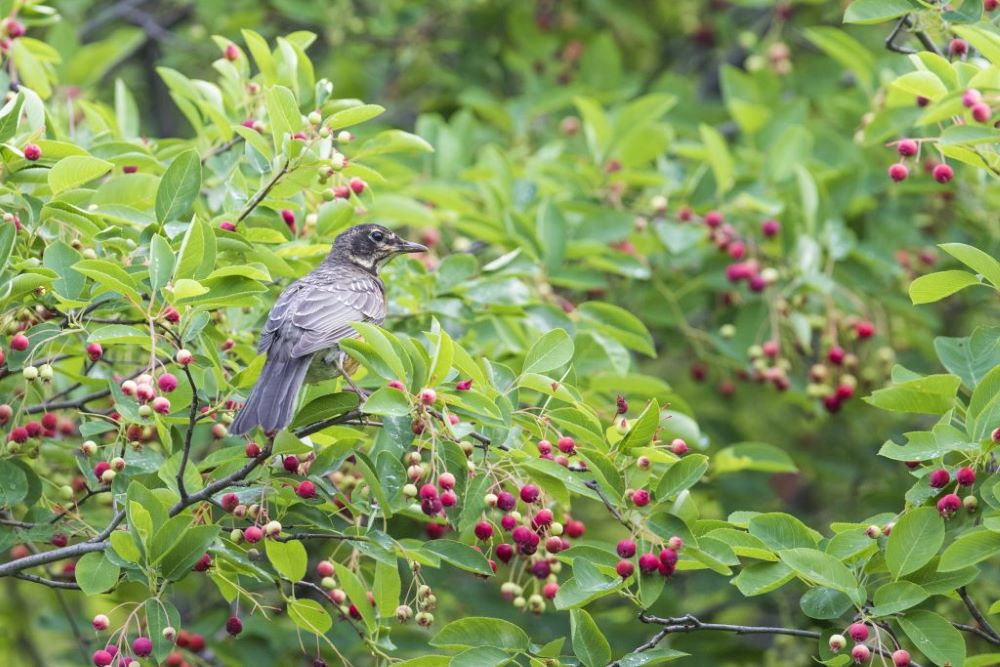
In the past we have emphasized the importance of keystone species in supporting bird populations,...
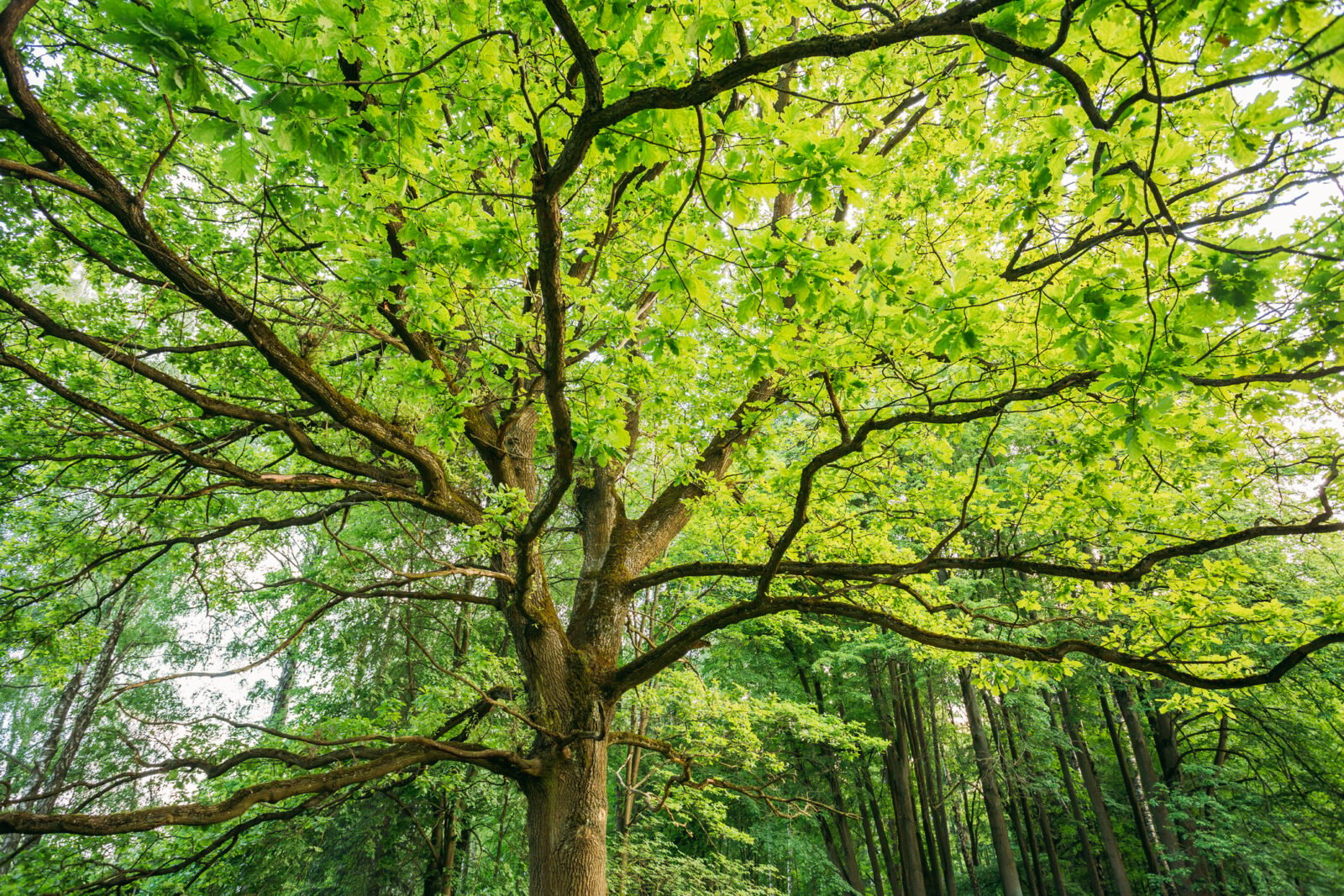
Perennials are the stars of most gardens, and no wonder! They provide a variety of shapes and col...
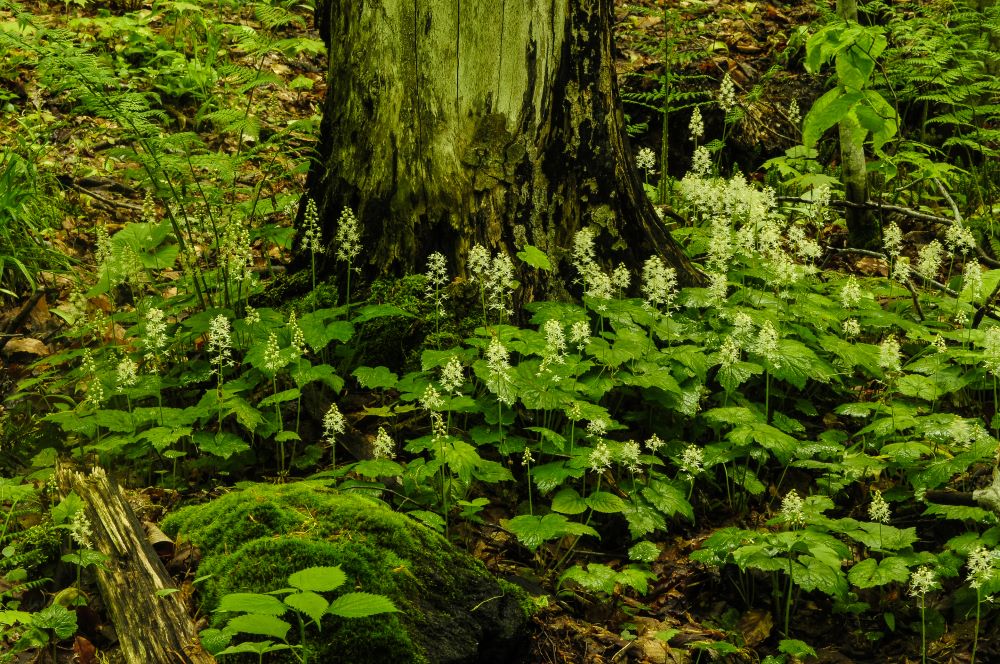
These native ground covers for shade make a perfect living mulch by holding in moisture, keeping ...
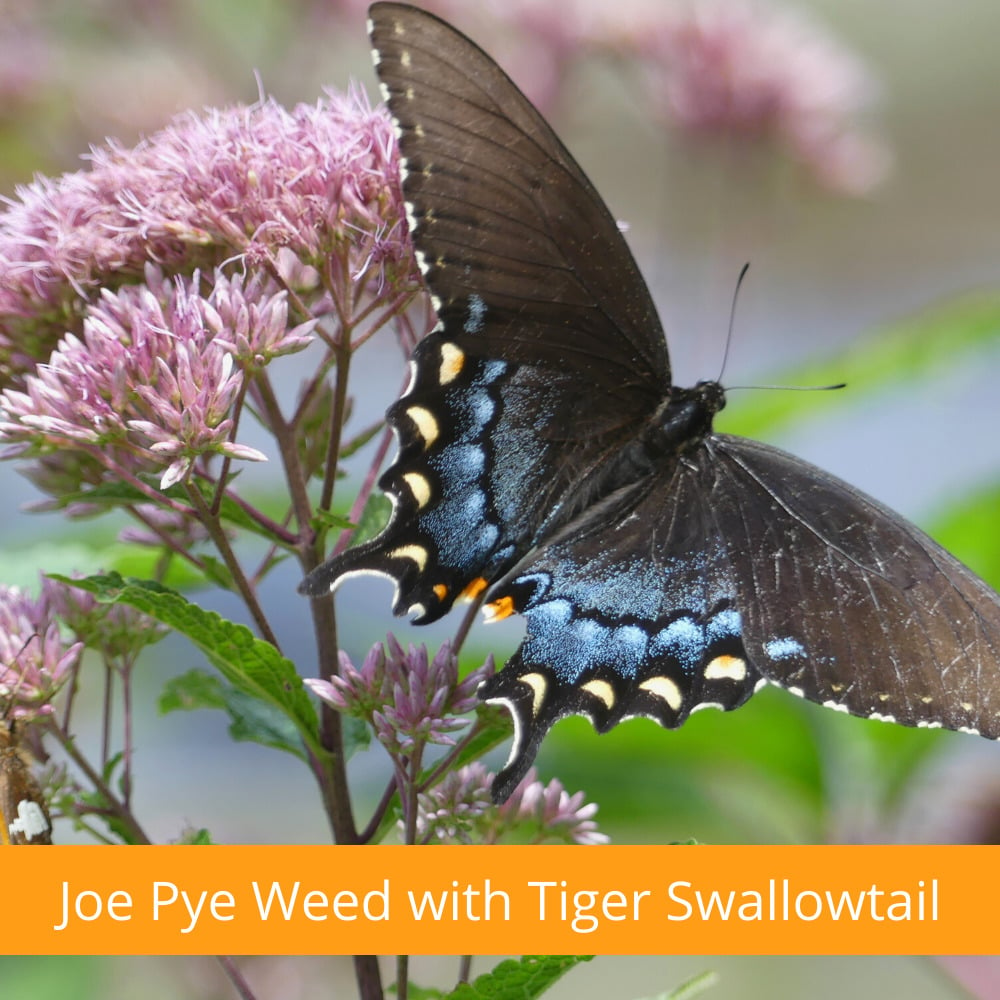
Gardening is ‘In’! Over the past two years gardening has suddenly become very popular with pe...
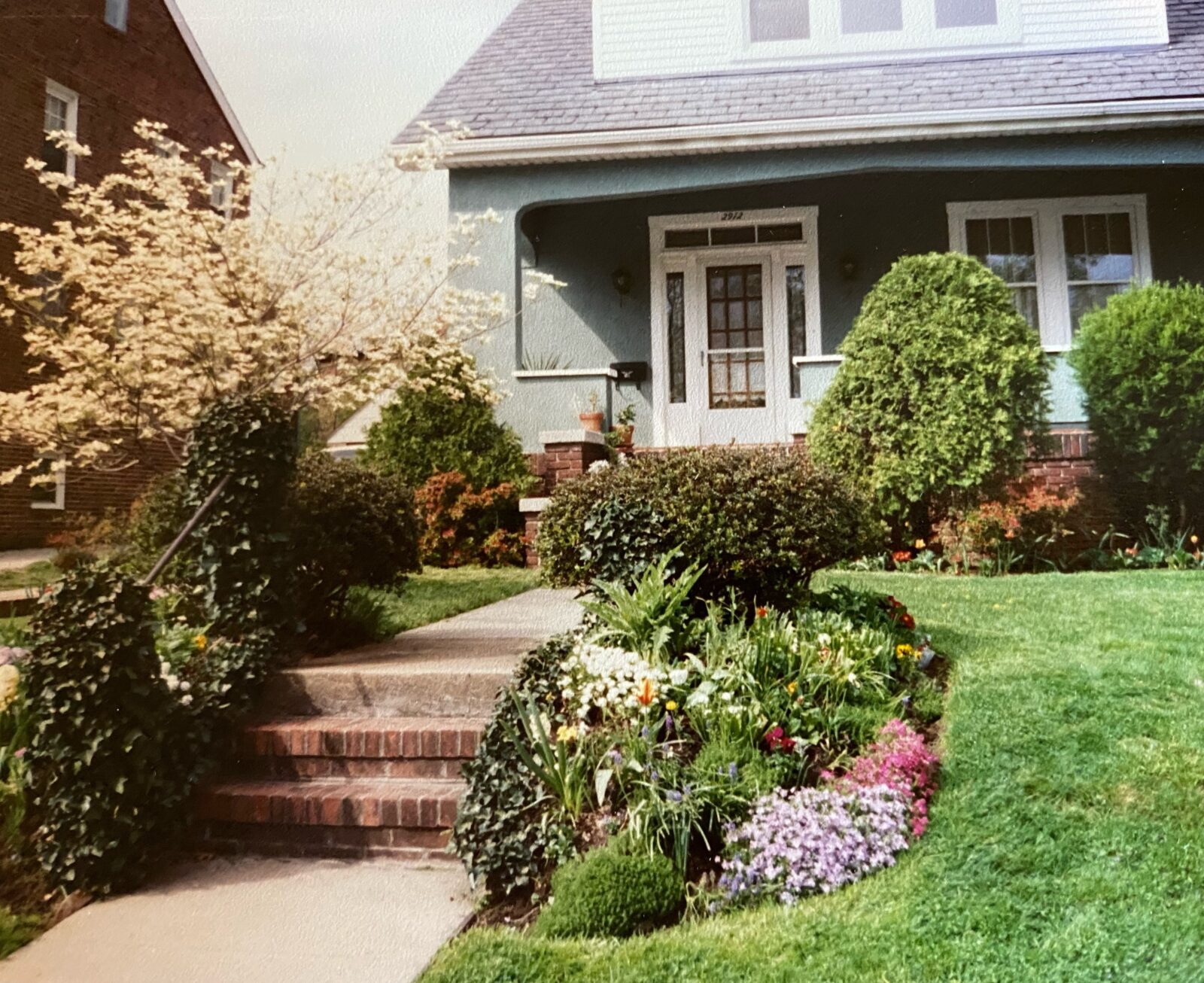
Mothers give us so much, but sometimes it takes a while for us to appreciate the gifts that we ca...
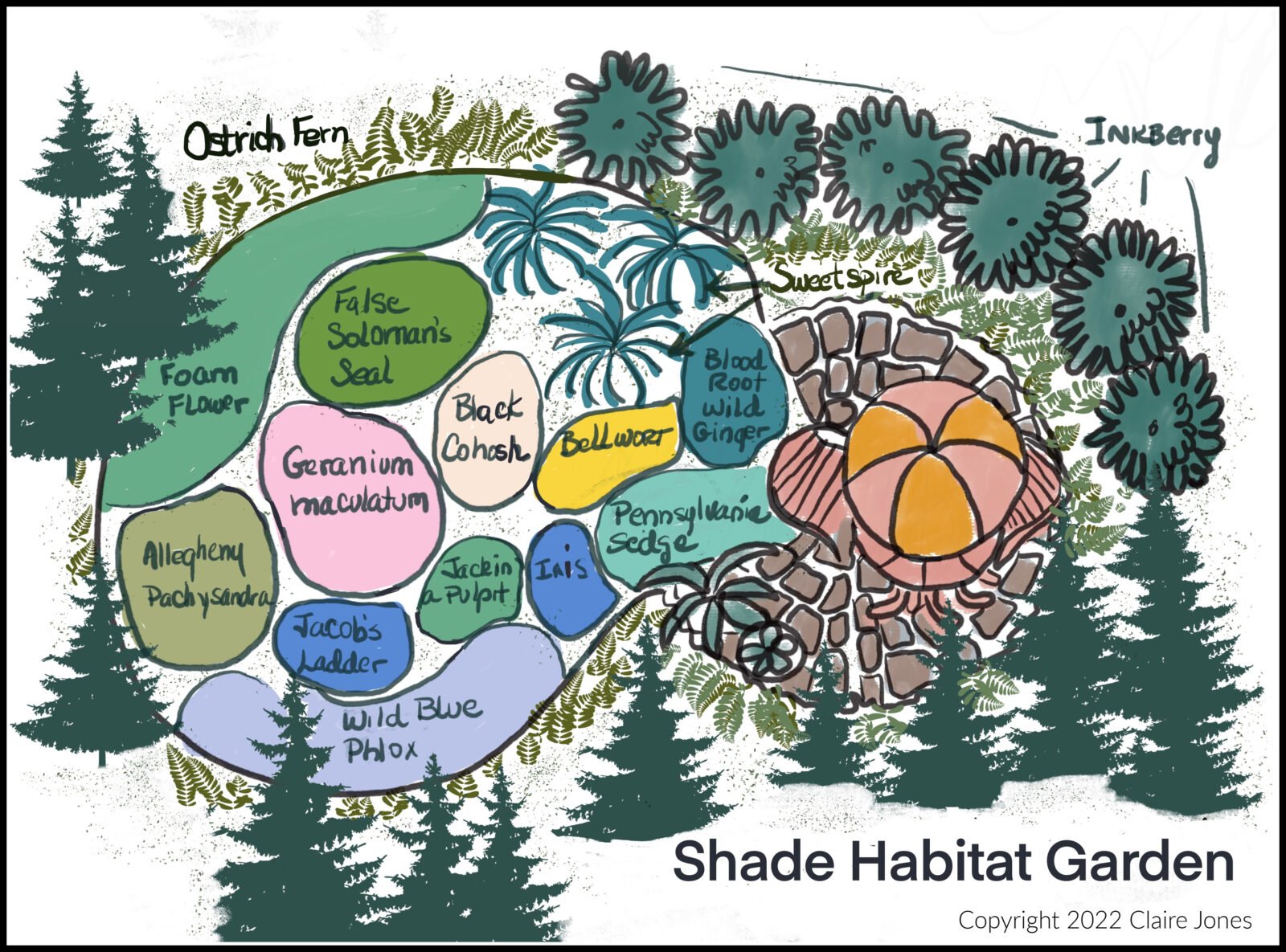
This is the second part of my Habitat Heroes Design series. The first part was a sunny garden of ...
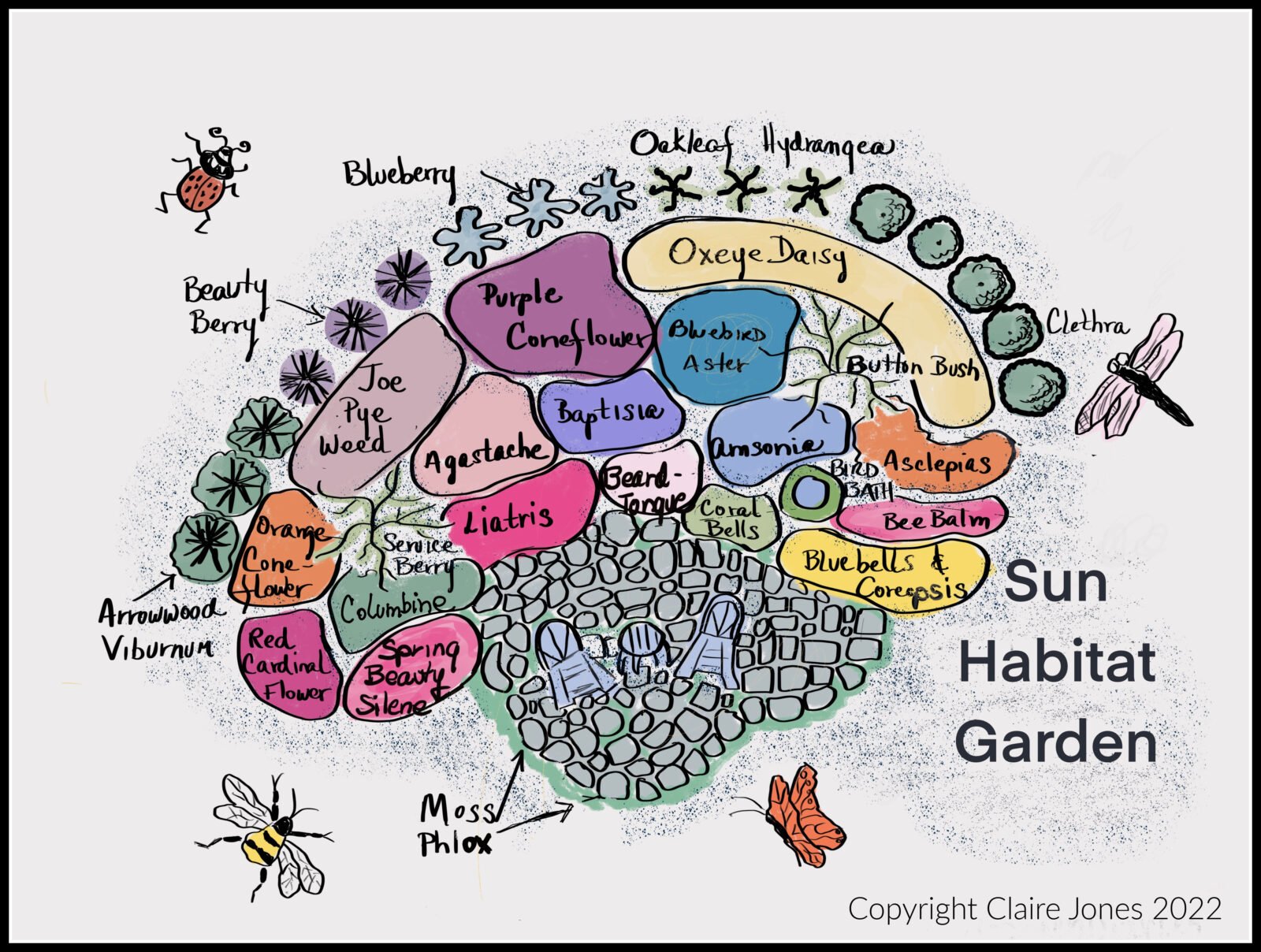
This blog post will cover how to design and install a Sunny “Habitat Hero Garden” with native...
Now Shipping for Spring 2024!